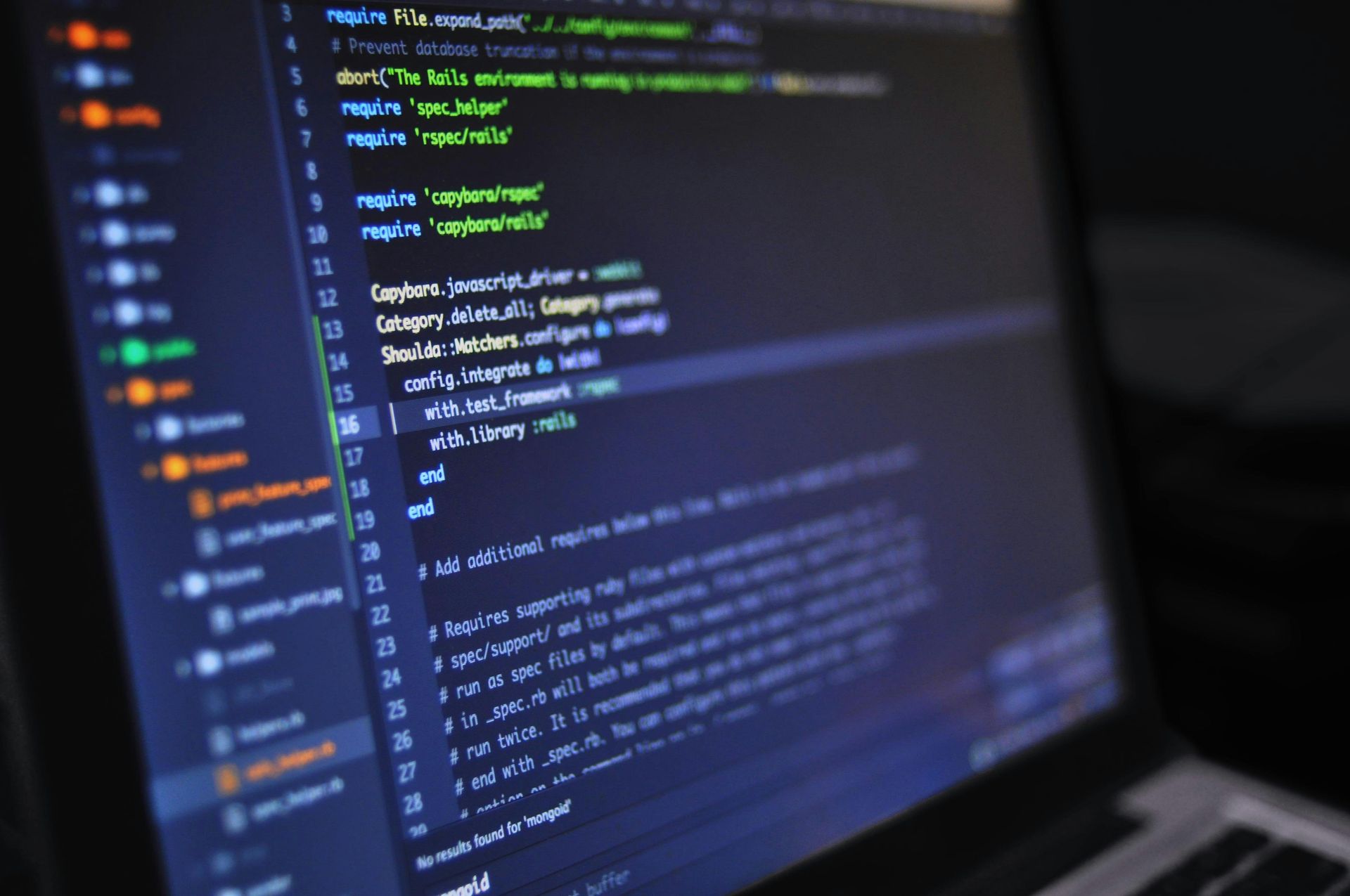Discover the transformative journey towards superintelligence.
Explore the future of artificial intelligence with this insightful guide!.
Superintelligence—AI that surpasses human cognitive abilities in virtually all domains—is no longer a distant fantasy.
I en tidsalder, hvor kunstig intelligens (AI) konstant former teknologiens og samfundets landskab, forbliver jagten på superintelligens en fristende grænse. Superintelligens – AI, der overgår menneskelige kognitive evner på stort set alle områder – er ikke længere en fjern fantasi. I stedet er det en spændende udsigt, som mange innovatorer og forskere aktivt arbejder hen imod. Hvis du er interesseret i den transformative rejse mod at opnå superintelligens, er her fire afgørende trin, der baner vejen for denne banebrydende udvikling.
We are done with over Step 1. Understanding Artificial Narrow Intelligence (ANI): The Present Landscape of AI.
Hvordan virker ANI?
ANI-systemer fungerer ved hjælp af maskinlæringsteknikker, hvor de modtager enorme mængder data relateret til den specifikke opgave, de er beregnet til at udføre. Gennem mønstergenkendelse, algoritmer og computerkraft kan disse systemer analysere dataene, genkende tendenser og træffe beslutninger baseret på foruddefinerede parametre. Virtuelle assistenter: Siri, Alexa og Google Assistant er designet til at reagere på en bred vifte af simple kommandoer. Selvom de er ret effektive til at håndtere disse opgaver, såsom at indstille påmindelser eller tjekke vejret, er deres funktionalitet begrænset til de programmerede interaktioner.
Recommendation Algorithms: Platforms like Netflix and Amazon utilize ANI to provide users with personalized recommendations. By scanning past behavior and preferences, these AI systems predict and suggest content users may like.
Image and Speech Recognition: ANI powers various applications in image and speech recognition. For instance, Facebook's facial recognition tag suggestions and Google's real-time language translation employ ANI to carry out these specific tasks effectively.
Vores trin et bliver relativt nemt og enkelt. AI-virksomheden og medier som Facebook, Google, Twitter og flere vil pålægge vores forbrugere betingelser. Det er her, vi kan lave reguleringer med AI, det første trin 1. Men vi kan ikke gøre det, så forhåbentlig vil reguleringerne blive lavet med trin 2.
STEP 2 - We Are Here
Our Step 2 will be a little conflicted, Jobs will be done such as Customer Service, Telemarketing, and even early entry-level with engineers, and other jobs. Customer service is one of the most impacted sectors by artificial intelligence. AI-powered chatbots and virtual assistants are now capable of handling a wide array of customer queries, providing efficient and effective responses at any time of the day. These tools are gaining traction due to their ability to learn from customer interactions and continuously improve their responses, offering personalized assistance without human intervention. For businesses, this means reduced costs and increased efficiency; for workers, it signifies a shift towards roles that require more complex problem-solving skills and emotional intelligence to handle more nuanced customer interactions.
Datacentre belaster den eksisterende energi- og vandinfrastruktur betydeligt. Vores samfund vil blive fragmenteret fra miljøet, vores arbejdspladser og vores lokalsamfund. Forhåbentlig vil vi på nuværende tidspunkt lave en regeringsregulering. Hvis vi ikke kan gøre det, så vil vi tage vores trin 3. Det vil blive en samfundsdystopi!
TRIN 3 - Samfundsmæssig dystopi
The Role of Superintelligent AI in 2030: Transforming the Future
As we edge closer to 2030, the dawn of superintelligent AI is on the horizon, promising to revolutionize various aspects of human life and society. The concept of superintelligent AI refers to artificial intelligence systems that surpass human intelligence in all domains, making decisions and solving problems at a speed and accuracy that far exceed our current capabilities. The potential implications of superintelligent AI are vast and multifaceted, affecting industries, ethics, and the essence of human interaction with technology.
Revolutionizing Industries
The integration of superintelligent AI into industries could lead to unprecedented levels of efficiency and innovation. In healthcare, superintelligent AI systems are expected to enhance diagnostic accuracy, tailor individualized treatment plans, and expedite drug discovery processes. These advancements could result in improved patient outcomes and a higher standard of public health.
Inden for finanssektoren kan superintelligent kunstig intelligens optimere handelsstrategier, opdage svigagtige aktiviteter i realtid og tilbyde personlig finansiel rådgivning, hvilket i væsentlig grad kan transformere det finansielle servicelandskab. I mellemtiden kan kunstig intelligens-drevet automatisering inden for fremstillingsindustrien muliggøre produktion af varer i et hidtil uset tempo og med en hidtil uset præcision, hvilket minimerer spild og maksimerer ressourceudnyttelsen.
Ethical Considerations
As superintelligent AI systems become more pervasive, ethical concerns surrounding their deployment are certain to arise. Issues of bias, privacy, and accountability need to be addressed to ensure that these AI systems benefit humanity as a whole. Establishing robust frameworks and guidelines for ethical AI use will be crucial to mitigate risks and ensure equitable outcomes.
Moreover, the possibility of AI systems making autonomous decisions raises questions about transparency and control. As AI technologies advance, maintaining a human-centered approach to AI governance, where decisions are based on principles of fairness, justice, and inclusivity, will be imperative.
Transformerende interaktion mellem menneske og kunstig intelligens
Det forventes, at superintelligent kunstig intelligens (AI) vil omforme, hvordan mennesker interagerer med teknologi og hinanden inden 2030. Personlige AI-assistenter kan blive integreret i hverdagen og forudse, at behov og præferencer problemfrit kan integreres i de daglige rutiner. Dette samarbejde kan føre til øget produktivitet og forbedret livskvalitet, da tidskrævende opgaver håndteres af superintelligente systemer.
Furthermore, superintelligent AI has the potential to augment human creativity and problem-solving capabilities. By providing insightful analysis and novel solutions, AI can inspire innovation and empower individuals to tackle complex global challenges, from climate change to resource scarcity.
Forberedelse til fremtiden
To harness the potential of superintelligent AI, fostering a multidisciplinary approach to AI education and research is essential. Encouraging collaboration between technologists, ethicists, policymakers, and the general public can help shape AI innovations that align with human values and goals.
By 2030, properly harnessed superintelligent AI could lead to advancements in scientific research, economic growth, and societal equality. Automating mundane tasks could free up human time for creative and strategic endeavors, while AI solutions could tailor education and professional opportunities to individual aptitudes, fostering a more inclusive and equitable society.
The Ethical Quandary
However, the road to unleashing these benefits is fraught with ethical challenges. The immense power of superintelligent AI systems poses risks of misuse and unintended consequences. Without stringent ethical oversight and regulatory frameworks, these systems could be weaponized or employed in ways that exacerbate existing inequalities and biases.
There is also the question of control and accountability: Who holds the reins of such powerful technologies? Ensuring that AI operates transparently and aligns with human values will require collaboration across sectors and borders, establishing protocols that prevent misuse while encouraging innovation.
At bane en fornuftig vej
To pave a positive path, researchers, policymakers, and technologists must work together to develop ethical guidelines and robust governance structures. Key steps include:
- Establishing Global Governance: Formulating an international consortium to oversee AI development, akin to the frameworks governing nuclear technology, could help unify ethical standards and facilitate collaborative progress.
- Investing in Safety Research: Prioritizing research into AI safety, interpretability, and alignment can ensure that AI systems act in human interests and prevent unintended harmful actions by these technologies.
- Promoting Public Understanding: Fostering public literacy about AI’s capabilities and limitations will empower societies to engage in informed debates and democratic decision-making about AI policies.
- Ensuring Inclusive Design: Ensuring diverse input in AI design processes can help mitigate biases and create systems that are more equitable and representative of varied human experiences.
Konklusion: En fremtid med forsigtig optimisme
Potentialet ved superintelligent kunstig intelligens til at forandre verden inden 2030 er ubestrideligt, men det samme gælder risiciene forbundet med dens misbrug. Vejen frem ligger i en fornuftig, etisk udvikling, der prioriterer menneskelig velfærd, gennemsigtighed og samarbejde. Hvis interessenter fokuserer på at opbygge systemer, der forbedrer menneskelige evner, samtidig med at de beskytter mod negative resultater, kan superintelligent kunstig intelligens faktisk indvarsle en ny æra af innovation og velstand.
This transformative journey demands vigilance, ethical foresight, and a shared commitment to steering AI development in a direction that benefits all of humanity, ensuring a future not just dictated by technological prowess, but also guided by moral responsibility.


































